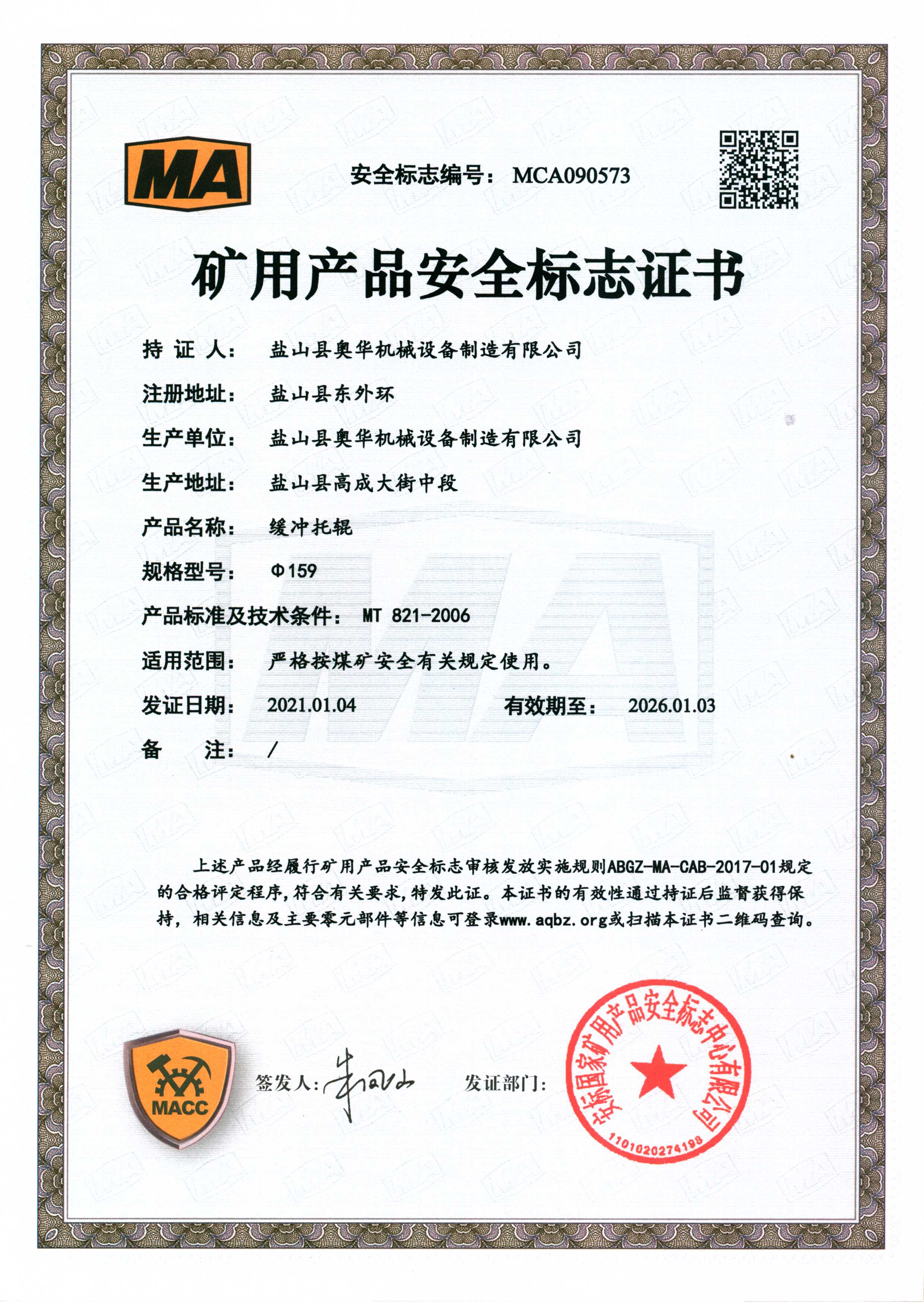 Afrikaans
Afrikaans  Albanian
Albanian  Amharic
Amharic  Arabic
Arabic  Armenian
Armenian  Azerbaijani
Azerbaijani  Basque
Basque  Belarusian
Belarusian  Bengali
Bengali  Bosnian
Bosnian  Bulgarian
Bulgarian  Catalan
Catalan  Cebuano
Cebuano  Corsican
Corsican  Croatian
Croatian  Czech
Czech  Danish
Danish  Dutch
Dutch  English
English  Esperanto
Esperanto  Estonian
Estonian  Finnish
Finnish  French
French  Frisian
Frisian  Galician
Galician  Georgian
Georgian  German
German  Greek
Greek  Gujarati
Gujarati  Haitian Creole
Haitian Creole  hausa
hausa  hawaiian
hawaiian  Hebrew
Hebrew  Hindi
Hindi  Miao
Miao  Hungarian
Hungarian  Icelandic
Icelandic  igbo
igbo  Indonesian
Indonesian  irish
irish  Italian
Italian  Japanese
Japanese  Javanese
Javanese  Kannada
Kannada  kazakh
kazakh  Khmer
Khmer  Rwandese
Rwandese  Korean
Korean  Kurdish
Kurdish  Kyrgyz
Kyrgyz  Lao
Lao  Latin
Latin  Latvian
Latvian  Lithuanian
Lithuanian  Luxembourgish
Luxembourgish  Macedonian
Macedonian  Malgashi
Malgashi  Malay
Malay  Malayalam
Malayalam  Maltese
Maltese  Maori
Maori  Marathi
Marathi  Mongolian
Mongolian  Myanmar
Myanmar  Nepali
Nepali  Norwegian
Norwegian  Norwegian
Norwegian  Occitan
Occitan  Pashto
Pashto  Persian
Persian  Polish
Polish  Portuguese
Portuguese  Punjabi
Punjabi  Romanian
Romanian  Russian
Russian  Samoan
Samoan  Scottish Gaelic
Scottish Gaelic  Serbian
Serbian  Sesotho
Sesotho  Shona
Shona  Sindhi
Sindhi  Sinhala
Sinhala  Slovak
Slovak  Slovenian
Slovenian  Somali
Somali  Spanish
Spanish  Sundanese
Sundanese  Swahili
Swahili  Swedish
Swedish  Tagalog
Tagalog  Tajik
Tajik  Tamil
Tamil  Tatar
Tatar  Telugu
Telugu  Thai
Thai  Turkish
Turkish  Turkmen
Turkmen  Ukrainian
Ukrainian  Urdu
Urdu  Uighur
Uighur  Uzbek
Uzbek  Vietnamese
Vietnamese  Welsh
Welsh  Bantu
Bantu  Yiddish
Yiddish  Yoruba
Yoruba  Zulu
Zulu belt training idlers
Understanding Belt Training Idlers Importance and Applications
Belt training idlers play a crucial role in the functionality and efficiency of conveyor systems. These components are essential for maintaining the tension and alignment of the conveyor belt, ensuring seamless material handling in various industries. In this article, we will explore the significance of belt training idlers, how they work, their types, and their applications.
What Are Belt Training Idlers?
Belt training idlers, often referred to as belt tracking idlers, are components installed along the length of conveyor belts to guide and stabilize them. They are used to prevent the belt from drifting sideways, which can lead to operational inefficiencies and costly downtime. Properly aligned and tensioned belts are essential for smooth operation, making idlers a vital part of any conveyor system.
How Do Belt Training Idlers Work?
The primary function of belt training idlers is to maintain the proper tracking of the conveyor belt. They achieve this by incorporating various design features that allow for adjustments. When the belt begins to wander or misalign, the idlers apply corrective forces to redirect the belt back to its intended path. This adjustment can be automatic or manual depending on the design.
Idlers typically consist of a roller mounted on a frame that can pivot or tilt in response to the belt's position. When the belt shifts to one side, the idler's design allows it to rotate automatically, guiding the belt back to center. This unique feature prevents excessive wear on the belt and the conveyor system, extending its lifespan and ensuring robust performance.
Types of Belt Training Idlers
There are several types of belt training idlers available, each designed for specific conditions and conveyor applications
. The most common types includebelt training idlers

1. Crowned Idlers These have a convex surface that helps align the belt. As the belt rides up the crown, it is naturally guided back to the center.
2. Trailing Idlers These are typically mounted at the end of a conveyor and help maintain the tension of the belt while also preventing it from drifting sideways.
3. Adjustable Idlers These allow users to manually set the angle of the roller, providing flexibility depending on changes in the conveyor system or belt wear.
4. Self-Aligning Idlers These automatically adjust according to the belt's position, making them ideal for high-speed applications where operational efficiency is critical.
Applications of Belt Training Idlers
Belt training idlers are used across various industries, including mining, agriculture, manufacturing, and logistics. In mining, for instance, they help transport bulk materials over long distances while ensuring stability. In agriculture, they facilitate the movement of crops from the field to processing plants.
In manufacturing and logistics, belt training idlers ensure that products are transported efficiently along assembly lines or through distribution centers. Their ability to maintain proper belt alignment reduces downtime and increases productivity.
Conclusion
Belt training idlers are essential for ensuring the smooth operation of conveyor systems. Their ability to maintain belt alignment and tension not only enhances performance but also significantly reduces wear and tear on equipment. As industries continue to evolve, the importance of efficient material handling solutions, such as those provided by belt training idlers, will only grow. Understanding their role and applications can lead to better maintenance strategies, resulting in enhanced operational efficiency and longevity of conveyor systems.
-
Revolutionizing Conveyor Reliability with Advanced Rubber Lagging PulleysNewsJul.22,2025
-
Powering Precision and Durability with Expert Manufacturers of Conveyor ComponentsNewsJul.22,2025
-
Optimizing Conveyor Systems with Advanced Conveyor AccessoriesNewsJul.22,2025
-
Maximize Conveyor Efficiency with Quality Conveyor Idler PulleysNewsJul.22,2025
-
Future-Proof Your Conveyor System with High-Performance Polyurethane RollerNewsJul.22,2025
-
Driving Efficiency Forward with Quality Idlers and RollersNewsJul.22,2025





























